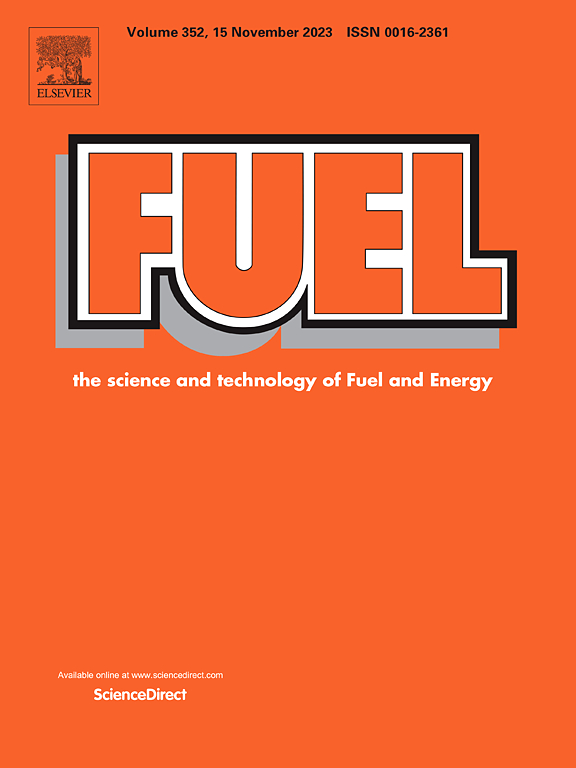A novel methodology to predict misfiring in a compression ignition engine during cold start
IF 6.7
1区 工程技术
Q2 ENERGY & FUELS
引用次数: 0
Abstract
To make passenger cars environmentally friendly, engines in them may be replaced by battery packs in the future. However, for heavy-duty applications, replacing Compression Ignition (CI) engines with battery packs is currently not feasible. Consequently, CI engines will be powered by low-carbon intensity fuels and remain in use for many years. That said, during cold start, CI engines are prone to autoignition failure, resulting in misfire. Even if auto-ignition occurs, the combustion may fail to sustain, and a CI engine may still misfire.
To address this, a novel methodology was developed to evaluate whether an injection strategy is favorable for sustaining combustion. This methodology is based on 3-Dimentional Computational Fluid Dynamics (3D CFD) simulations of fuel spray and does not require chemical kinetic calculations. As a result, its key advantage lies in its computational cost-effectiveness. However, this methodology is semi-empirical, as it relies on insights from cold starting experiments conducted in a VolksWagen (VW) 2.0-L, 4-cylinder CI engine. In these experiments, numerous split injection strategies were tested while glow plugs were inactive. Although the methodology was formulated using ultra-low-sulfur diesel, it can be adapted for low-carbon-intensity fuels—such as renewable diesel, hydrogen, and biodiesel—that are likely to power CI engines in the future.
Experiments reveal that the engine misfired when the fuel–air mixture from the pilot injection is too lean or did not have enough time to auto-ignite before the main fuel–air mixture merged with it. Therefore, the methodology evaluates whether the equivalence ratio of the pilot fuel–air mixture and a metric indicating the time it requires to auto-ignite are above certain thresholds determined in this work.
Lastly, the methodology was observed to fall short when glow plugs were active in a cold-starting experiment. Hence, a modification to the methodology is proposed that would be effective whenever glow plugs are active.
求助全文
约1分钟内获得全文
求助全文
来源期刊

Fuel
工程技术-工程:化工
CiteScore
12.80
自引率
20.30%
发文量
3506
审稿时长
64 days
期刊介绍:
The exploration of energy sources remains a critical matter of study. For the past nine decades, fuel has consistently held the forefront in primary research efforts within the field of energy science. This area of investigation encompasses a wide range of subjects, with a particular emphasis on emerging concerns like environmental factors and pollution.
 求助内容:
求助内容: 应助结果提醒方式:
应助结果提醒方式:


